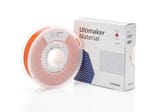Polyethylene terephthalate glycol-modified, more commonly known as PETG, is a material that’s largely used in industrial applications, including advertising displays and electronic insulators. It also has several medical applications, such as implants, dental aligners, and packaging for medical elements.
In the 3D printing world, PETG is typically used in models that need good shock resistance or some flexibility, like snap-to-fit components. It’s also a go-to material for food-related prints, as it doesn’t deteriorate with water, isn’t toxic, and is FDA-approved.
As one of the most popular 3D printing filaments, it’s important to know your way around PETG. So, in this article, we’ll cover everything you should know about this versatile material.
PET Improved
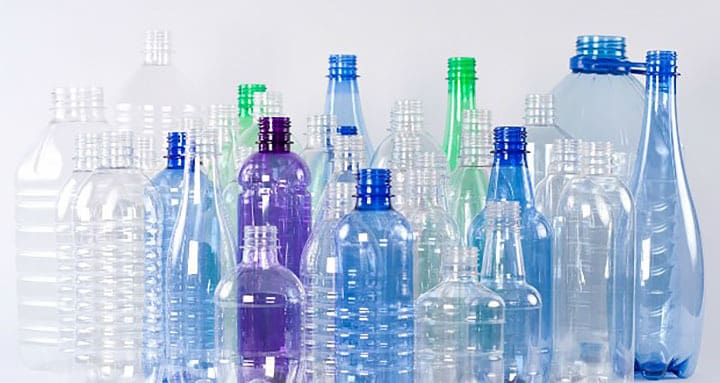
PETG was adapted from PET, a material that was created in 1941 to use as synthetic fiber in the textile industry. In the early 1950s, PET began to be used for food packaging and, since the mid-70s, as a material for bottles. PET is still used for all of these, especially plastic bottles, and it’s the most used plastic in the world.
However, PET has disadvantages. It tends to crystalize at high temperatures, which makes it opaque and weakens its structure. It becomes frail and bubbly, making it unsuitable for 3D printing. PETG was developed to overcome these disadvantages.
PETG has a similar composition, but the difference is in how it’s chemically achieved. According to TWI Global, PET is created through esterification from glycol and terephthalic acid, resulting in a long chain of polyethylene terephthalate. In contrast, PETG is achieved by replacing the ethylene glycol with cyclohexane dimethanol, which is a larger monomer. It helps to avoid the tight-knit molecules of PET, reducing crystallization.
This new composition makes PETG suitable for 3D printing. In the following sections, we’ll provide an overview of its material and printing properties. We’ll also introduce you to some popular PETG filament brands.
Material Properties
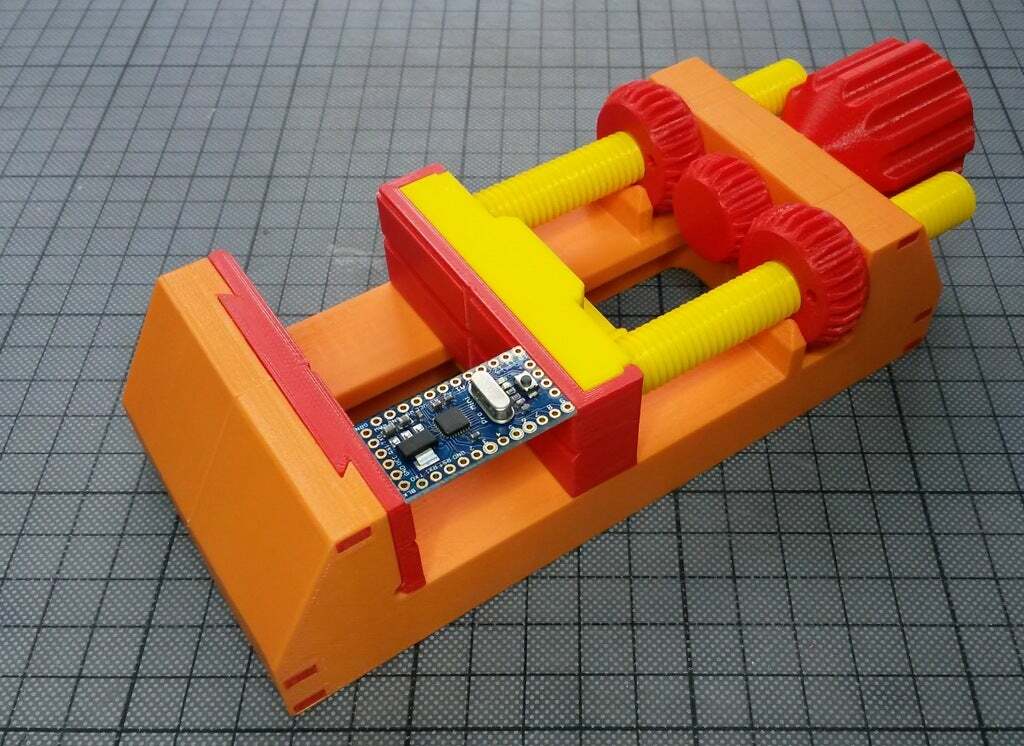
PETG is a thermoplastic polyester, meaning it can be deformed with heat, as opposed to a thermoset plastic, which can’t be deformed and just burns.
Among its positive attributes, PETG has significant chemical and heat resistance, good durability, and formability (compared to other plastics). It also has a bit of flexibility, making it suitable for applications that require impact resistance. As we mentioned above, PETG is food-safe and non-toxic.
On the negative side, PETG has a softer surface than PET, so it’s more prone to wear. That being said, it remains more durable and heat resistant than PLA.
Recycling
Although related to the commonly recycled PET, the chemical modifications to PETG do have the unfortunate side effect of changing the recycling process. The subtle differences between these materials create a troublesome contaminant in traditional recycling facilities, so you can’t throw PETG scraps into your household recycling.
That being said, PETG is still recyclable. You can try sending PETG scraps to a recycling service or building your own filament recycler system. However, if those options are too large-scale for your current operation, you can also purchase recycled PETG filament to reduce your consumption of virgin materials.
Variations
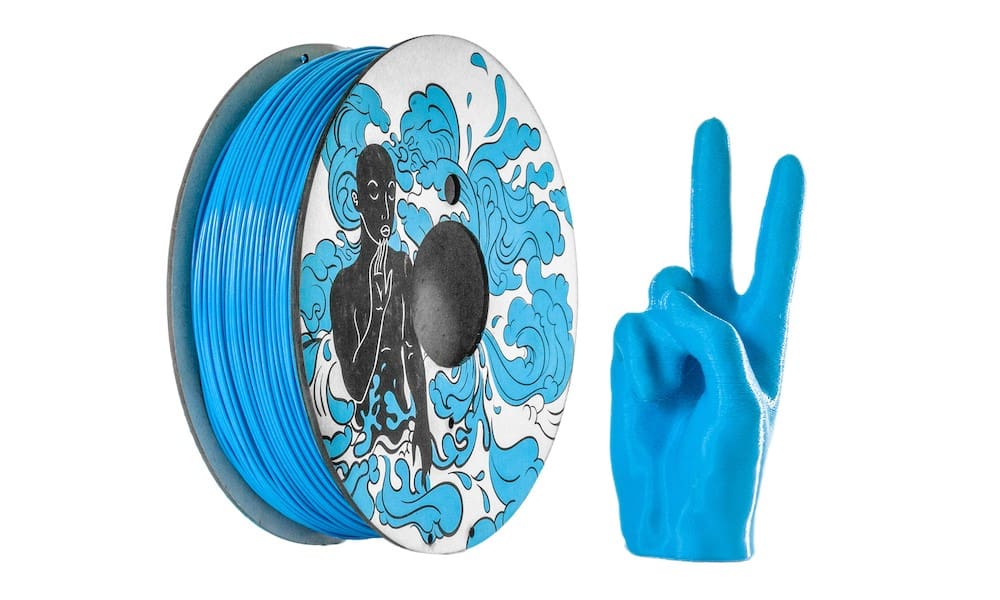
Even though PETG is the most popular PET variant, there are others. rPET and PETT, for example, have some advantages over PETG.
- rPET is short for “recycled PET”. It can be created from any PET materials, whether from previous prints, plastic bottles, or other applications of PET. It remains waterproof and food-safe. Brands like Reflow and FormFutura produce filaments made from recycled PETG.
- PETT, also known as polyethylene cotrimethylene terephthalate, is a bit more rigid and has a more glossy and transparent finish than traditional PETG. The main manufacturer for PETT is Taulman, who sells it under the name “T-Glase“.
Examples
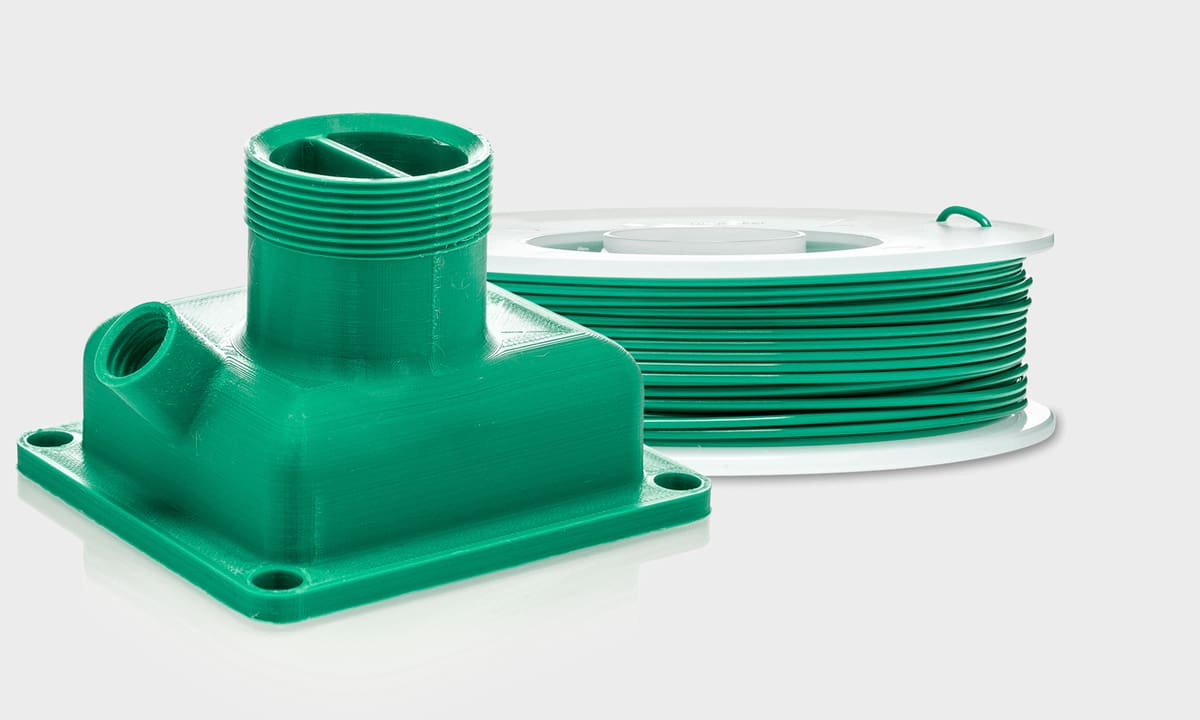
As PETG has gained popularity, many brands have jumped on the bandwagon. The following are a few of the most notable options.
MatterHackers
MatterHackers offers two popular PETG options: Pro PETG and Build Series PETG. Their Pro PETG is made for professionals, and it’s extra tough. Their Build Series PETG has a bit less dimensional accuracy than the pro version, but it’s still extremely trustworthy. Further, at about $20 per kg, it’s the less expensive of the two of them.
Ultimaker
Ultimaker recently released a PETG filament that’s available through a few popular retailers, including MatterHackers and Dynamism. Ultimaker also manufacturers copolyester filaments, CPE and CPE+, that are similar to PETG but not exactly the same. It’s important to make this distinction, as many retailers place copolyesters under the PETG category, whereas the manufacturers are more likely to make a distinction between the materials.
ColorFabb
ColorFabb sells a couple of different PETG as well as copolyester filaments. One of the options, PETG Economy, is marketed as a high-quality PETG at an affordable price. It’s available in several colors and spool sizes. You may see ColorFabb’s HT and XT filaments sold as PETG on some retailers’ websites, but as we mentioned above, the manufacturer differentiates those from their PETG options.
Lead image source: Reflow
License: The text of "What Is PETG? – Simply Explained" by All3DP is licensed under a Creative Commons Attribution 4.0 International License.
CERTAIN CONTENT THAT APPEARS ON THIS SITE COMES FROM AMAZON. THIS CONTENT IS PROVIDED ‘AS IS’ AND IS SUBJECT TO CHANGE OR REMOVAL AT ANY TIME.



